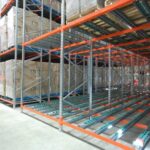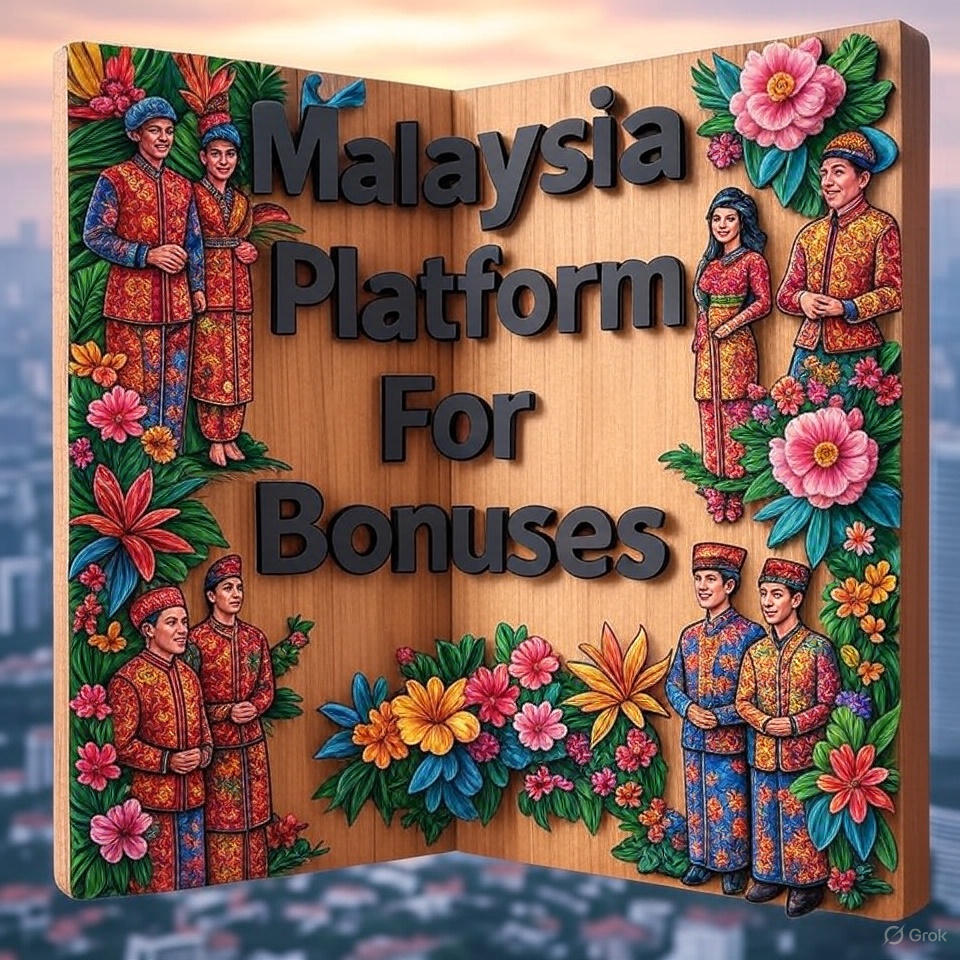Vancouver, British Columbia, is a thriving coastal city known for its innovative urban design and for being tucked away among breathtaking natural settings. But behind this charming exterior, there is a constant problem: traffic congestion. An efficient traffic management plan is more than a tool in a city that is undergoing urban development, rapid growth, and a growing need for sustainable mobility options. We will explore how an effective Traffic Management Plan in Vancouver, BC can reduce traffic, simplify daily commutes, and improve the general health of the city as we make our way through the complex web of Vancouver’s transit problems in this in-depth guide.
Understanding the Gridlock
- Population Growth and Urban Development
Vancouver’s history is one of unrelenting expansion, as the city’s landscape changes and the local population rises. In spite of this, the urban infrastructure is constantly having to play catch-up, finding it difficult to handle the growing number of cars on the road.
- Limited Road Infrastructure
Physical constraints in the form of mountains, water bodies, and urban habitations have led to a relative scarcity of road space. This dearth is acutely felt during peak hours, causing traffic bottlenecks that ripple across the city.
- Environmental and Social Echoes
Gridlocked streets not only signal the loss of productive hours to commuters but also echo environmentally. The stagnant traffic leads to increased fuel consumption, emissions, and a decline in air quality—factors that profoundly impact public health and quality of life.
The Blueprint for Better Movement
- The Role of Traffic Management Plans
A well-tuned traffic management plan is akin to an orchestra conductor, harmonizing the vehicular movements across the city’s arteries. It isn’t just about redirecting traffic but also about enhancing safety, integrating public transit, and fostering sustainable practices.
- Comprehensive Considerations
Effective plans look beyond the immediate relief of traffic jams to address the root causes. They champion multi-modal transportation, incorporate the latest traffic technologies, and marry public policy with urban planning.
Charting the Course
- Data-Driven Direction
At the heart of creating a traffic management plan is data—volumes, patterns, and peaks. This empirical foundation ensures that all subsequent steps are not just responsive but also proactive to the intricacies of Vancouver’s traffic.
- Stakeholder Seas
An effective plan isn’t one constructed in a vacuum but a product of ceaseless collaboration. The involvement of local governments, transportation entities, and, crucially, the community ensures that the plan isn’t just heard, but acted upon.
Sailing with Success Stories
- Real-Life Roadmaps
It is imperative to draw lessons from the achievements of similar cities like Amsterdam and Copenhagen. In addition to reducing traffic, their introduction of bike lanes, pedestrian zones, and intelligent traffic signal systems has sparked a shift in public opinion toward sustainable mobility.
- Innovation Is the Wind
In this section, we’ll breeze through the latest innovations in traffic management—congestion pricing, transit-oriented development, green wave traffic light progression, and more. These not only offer short-term respite but also pave the way for a smoother, low-emission future.
The Voice of the Voyageurs
- Public Engagement Plank
Inclusivity is more than a buzzword; it’s a buoy. Public engagement activities like town hall meetings, workshops, and surveys ensure that the traffic management plan reflects the sentiments and suggestions of those it serves.
Calm Seas, But for How Long?
- Monitoring of the Metropolis
Traffic management can’t afford to be static in a city that always moves. Regular monitoring and robust evaluation help course-correct, adding lanes where the traffic thickens, and signaling adjustments when the flow falters.
- Turbulence of Tomorrow
The future of traffic in Vancouver is promising yet unpredictable. The tidal waves of technology, demography, and climate change will necessitate constant reevaluation of traffic management plans to ensure they remain relevant and responsive.
Anchored in the Community
- Collaboration at the Core
The community isn’t just a stakeholder; it’s the very reason traffic management exists. This section examines how residents, non-governmental organizations, and local businesses can work together to ensure the plan’s long-term success.
For an in-depth look at related insights and to explore more about urban planning and sustainable transportation solutions that complement our discussion, visit here for related post. Discover a treasure trove of knowledge that further illuminates the path towards a more navigable and environmentally friendly Vancouver.
The Final Passage
In conclusion, Vancouver’s successful traffic management plan is more than just a goal—it’s a journey of creativity and community involvement. The city’s navigational techniques must expand along with it. Vancouver can steer towards a future of mobility that is not only efficient but also highly livable for its citizens by creating a plan that is as dynamic as the city itself.








